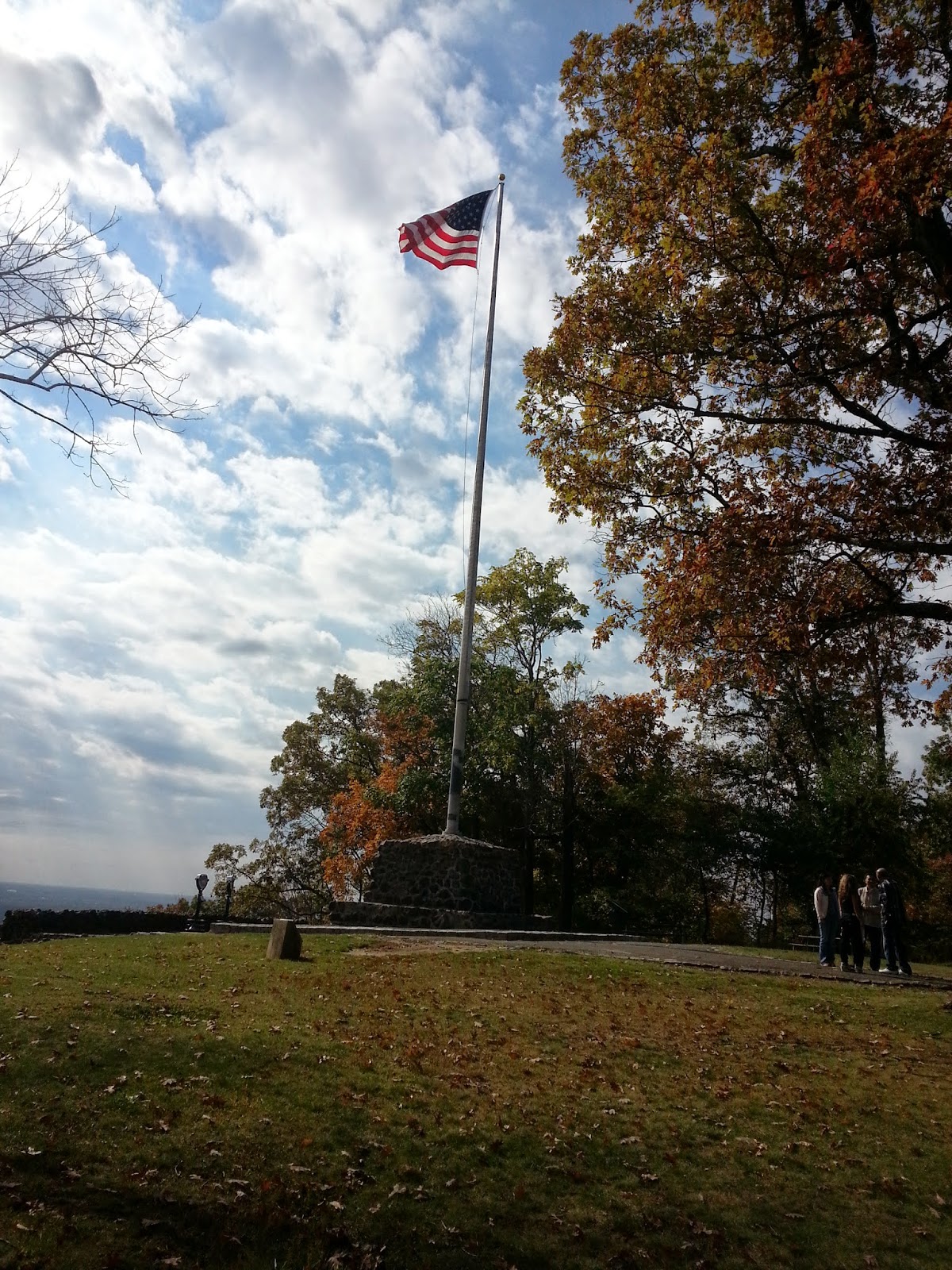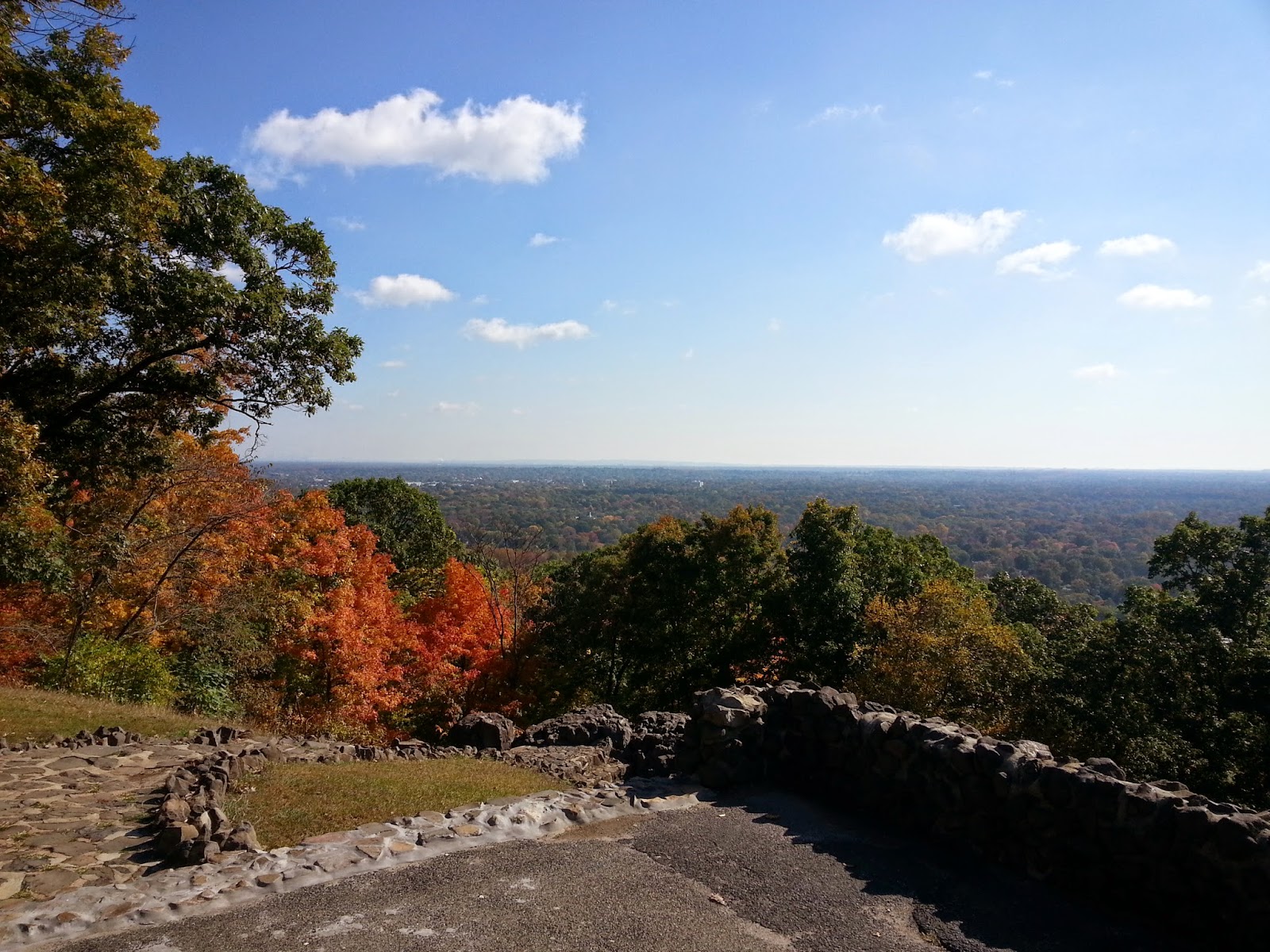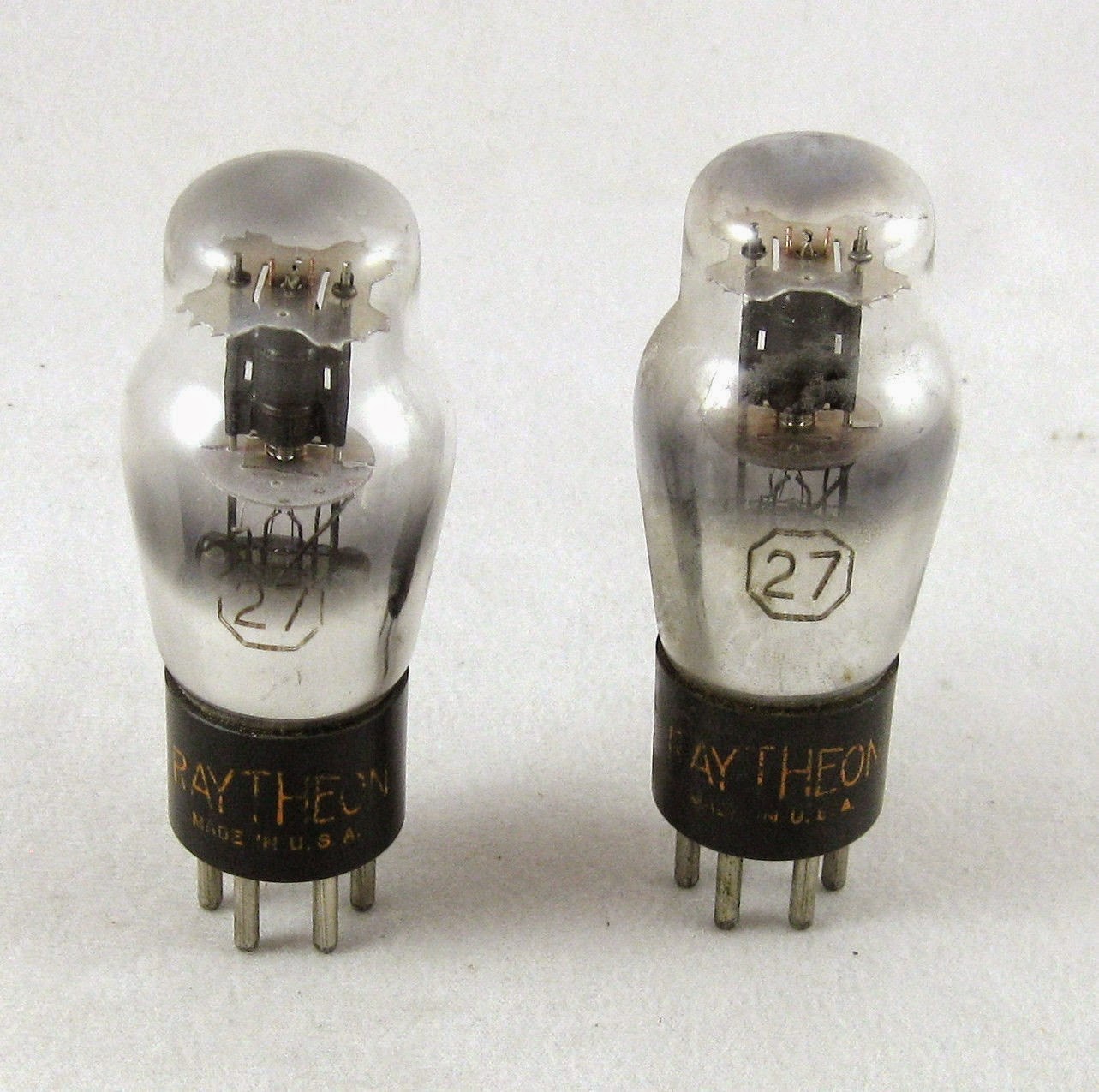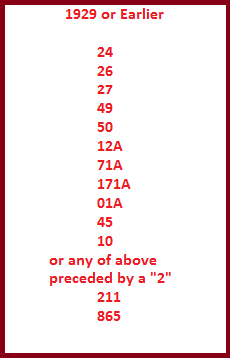 Making like Jim W1PID
Making like Jim W1PID
So I did something this morning that I wanted to do for a very long time. I took a ride up to Washington Rock State Park in Greenbrook, NJ, which is about two towns over from South Plainfield.
It was from this vantage point that George Washington kept tabs on British troop movements during the Revolutionary War in 1777. Today, it's a state park with a monument.
To give you an idea of the view:
This gives a view towards south and east. Again with a "spy glass' it was possible to keep tabs on Sandy Hook.
There's lot of picnic tables that are just perfect for setting up a portable station, And that's exactly what I did. I launched the PAR END FEDZ into a handy tree and proceeded to go to town.
On 20 Meters, I worked W5AHP, Joe in Texas, and then WN2DX, Marty in Somerset, NJ. We were probably line of sight communications! After Marty, I worked Kurt W8IQ in Toldeo, Ohio. Before QSYing to another band, I snagged W1AW/4 in Alabama.
The lower end of 20 Meters and most of 15 Meters seemed to be wall-to-wall Work All Germany contest stations, so I sidled on up to 12 Meters, which was open! I worked 2SZ, the special event station in London, PA1CC in the Netherlands and finally GB0GDS, a JOTA (Boy Scout Jamboree on the Air) station from Scotland.
So it was a good day and I enjoyed myself immensely, even though it was only about a 90 minute adventure. The best part was when a gusty breeze would blow, sending a cascade of leaves down. It was like being inside a snow globe of falling Autumn leaves. I am taking another vacation day from work next Friday, so if the weather is good .......
72 de Larry W2LJ
QRP - When you care to send the very least!
Larry Makoski, W2LJ, is a regular contributor to AmateurRadio.com and writes from New Jersey, USA. Contact him at w2lj@arrl.net.
 Today’s Blog
Today’s Blog
Steve McDonald, VE7SL, is a regular contributor to AmateurRadio.com and writes from British Columbia, Canada. Contact him at ve7sl@shaw.ca.
 Building …. ’29 – Style
Building …. ’29 – Style
As mentioned in an earlier blog, the annual winter Bruce Kelley (BK) QSO Party, usually spurs some new construction of transmitters styled after those that were popular in the late 20's and early 30's. The main stipulation for entry into the two-weekend affair is that transmitters must be self-excited (no crystals) and use tubes that were available in 1929 or earlier.
Initially this might seem a difficult task, and that was my first reaction when first learning of the vintage operating event. Once I had learned more about these types of transmitters and actually listened to the BK action, I knew that it was something that I really wanted to do. After seeing several inspiring videos from Neil (WØVLZ) and Joe (N2OUV), demonstrating their homebuilt '29 TNT transmitters, I knew it was something that I really had to do! Perhaps the videos will grab you as well:
One of the first things that might seem impossible to obtain would be a suitable tube that was available in 1929. Most of the tubes used in transmitters back then were designed for receivers, usually audio tubes that were pressed into RF oscillator or amplifier service. In the dirty-thirties, larger RF tubes were expensive and beyond the reach of most amateurs unless they had deep-pockets.
Tubes commonly found in BK transmitters are the type 10, 210, 45, 245, 27 and the 227. All of these types are still available today with some being more costly than others.
 The most common tube is the type 10 or 210 which is also available in a military format, still NIB, as the VT-25. This is the same tube used in the WØVLZ transmitter.
The most common tube is the type 10 or 210 which is also available in a military format, still NIB, as the VT-25. This is the same tube used in the WØVLZ transmitter.This tube can easily handle the 10W power requirements imposed by the BK and then some.
Typical prices range from $50 and up.
The next most popular is the 45 or 245, which is pretty well maxed-out at around 5-7 watts. The cost of a 45 is about half that of a VT-25.
The widely available and inexpensive 27 / 227 will produce 2-3 watts of output...more than enough to work across the continent under normal conditions. The low cost (around $5) makes these particularly attractive for the first-time builder as a transmitter using a pair of these (or more) in parallel is an easy way to get started.
Here is a list of popular tubes that could be used for BK-eligible '29-style transmitters. There are probably more but these are the ones seen most often:
Suitable tubes are always available on e-Bay and from dedicated online tube-sellers. A quick Google-search will turn up several sellers, with prices and condition. Of course, one of the first places to look should be any of your ham friends with deep junk-boxes, especially those that have been building or amassing parts for many years. Check out the next ham fleamarket...especially those dusty old boxes under the seller's table. And...there are probably several hundreds of basements still filled with suitable old parts, just waiting to be liberated....seeking them out is all part of the '29 building fun.
Once a decision has been made to go forward with a '29 project, the first thing is to decide on the type of transmitter to build. There were three popular designs back in the late 20's, each with their own pro's and con's. I'll tell you more about these next and give you a few suggestions for getting started.
In the meantime, see what your 'oldest' ham acquaintance might have in his basement and keep an eye-out for any ARRL Handbooks from the early 30's as they are full of valuable building ideas....and you may wish to check-out K7JPD's ideas for finding old parts.
Steve McDonald, VE7SL, is a regular contributor to AmateurRadio.com and writes from British Columbia, Canada. Contact him at ve7sl@shaw.ca.
 Which is your favourite Baofeng (Pofung)?
Which is your favourite Baofeng (Pofung)?
Take the survey to the right of the Blog and lets see which one of the 5 you like.
We have the pocket sized UV-3R which includes all models MK1/2. and Plus..
The full sized UV-5R, again includes all models RA, RC, RE etc.
UV-B5 and UV-B6
The rugged UV-82
The budget priced BF-888s 16 CH UHF model.
UV-3R UV-5R UV-5B/B6 UV82 BF-888s
I will let the survey run for a month, perhaps in the comments you will let us know what you like and don't like about them?
Of course if you don't own a Baofeng yet, take a trip down to Hans PD0AC Blog, and do a search for a model which takes your fancy, he has written full reports on most of them:
http://hamgear.wordpress.com/
I know which one is my favourite which is yours?
Steve, G1KQH, is a regular contributor to AmateurRadio.com and writes from England. Contact him at g1kqh@arrl.net.
 Radio Scouting Adventure
Radio Scouting Adventure
The Jamboree-on-the-Air, or JOTA, is an annual Scouting event that uses amateur radio to link Scouts around the world, around the nation, and in your own community. Held on the third full weekend of October each year, this worldwide jamboree requires no travel, other than to a nearby radio amateur’s ham shack. Many times the hams will come to you by setting up at a Scout camporee, or perhaps they already have a ham shack at your council’s camp. There are many ways to get your Scouts involved in JOTA.
I look forward to monitoring IRLP reflector 9091 for JOTA traffic all day.
Filed under: Ham Radio Tagged: irlp, jota
![]()
Jeff Davis, KE9V, is a regular contributor to AmateurRadio.com and writes from Indiana, USA.
 The hits keep on coming!
The hits keep on coming!
Well a look at the stats reveal they do:
| |||||||||||||||||||||
| Thanks for reading I will write some more soon. | |||||||||||||||||||||
Steve, G1KQH, is a regular contributor to AmateurRadio.com and writes from England. Contact him at g1kqh@arrl.net.
 Amateur Radio Newsline Report 1940 October 17 2014
Amateur Radio Newsline Report 1940 October 17 2014
- Ham radio is first responder as cyclone batters India coastline
- Russian over the horizon RADAR interfere with the 15 meter band
- Hams on stand-by for severe weather in the Caribbean and the Pacific
- UK Full license class holders get access to more spectrum on 2 meters
- Ham radio moon orbiter to head into space on October 23rd
- Guess what’s keeping a radio relay station in Hawaii from being repaired





.jpg)

















